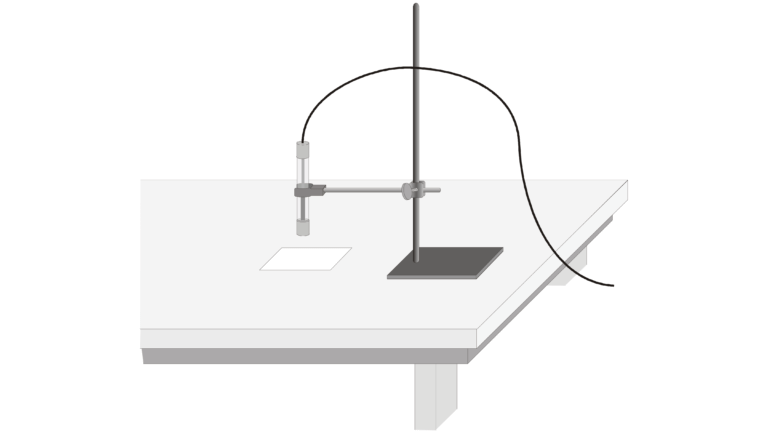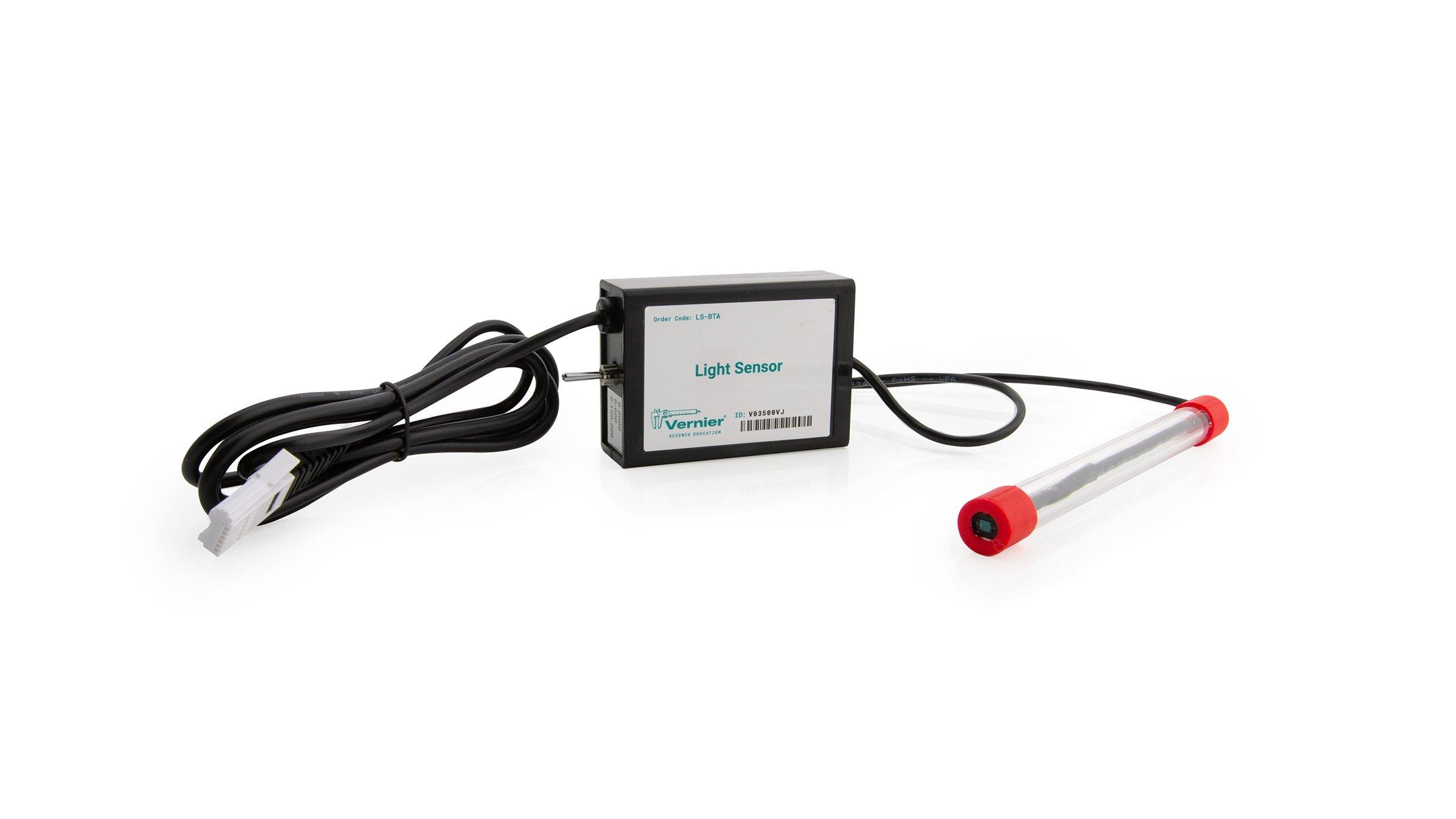
Introduction
Light is reflected differently from various surfaces and colors. An understanding of these differences is useful in choosing colors and materials for clothing, in choosing colors for cars, and in city planning. Astronomers use reflectivity differences to help determine characteristics of planets. In this experiment, you will be measuring the percent reflectivity (albedo) of various colors. You will measure reflection values from paper of various colors using a computerinterfaced Light Sensor and then compare these values to the reflection value of aluminum foil. The aluminum foil will arbitrarily be assigned a reflectivity of 100 percent. You will then calculate percent reflectivity using the relationship
Objectives
In this experiment, you will
- Use a Light Sensor to measure reflected light.
- Calculate percent reflectivity of various colors.
- Make conclusions using the results of the experiment.
Sensors and Equipment
This experiment features the following sensors and equipment. Additional equipment may be required.
Option 2

Ready to Experiment?
Ask an Expert
Get answers to your questions about how to teach this experiment with our support team.
- Call toll-free: 888-837-6437
- Chat with Us
- Email support@vernier.com
Purchase the Lab Book
This experiment is #23 of Physical Science with Vernier. The experiment in the book includes student instructions as well as instructor information for set up, helpful hints, and sample graphs and data.


